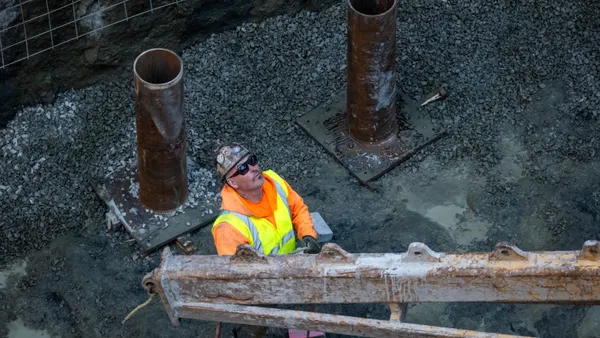Dive Brief:
-
Home prices rose at an annualized rate of 5.3% in August, according to the latest S&P Core Logic Case-Shiller U.S. National Home Price Index, slowing only slightly from July’s 5.0% gain.
-
The Index’s score of 184.42 in August is close to its peak of 184.62 in July 2006, but Trulia Chief Economist Ralph McLaughlin told HousingWire that the gains should be viewed in context with the five-month decline in price growth earlier this year.
-
The Index’s 20-city composite grew 5.1% faster in August compared to a year ago and is up 10 basis points from July’s rate, with all cities reporting price increases. Portland, OR, Seattle and Denver saw the most significant gains during the period, rising 11.7%, 11.4% and 8.8%, respectively.
Dive Insight:
Population increases, low mortgage rates and high rents have created a surge in demand in key markets, particularly on the West Coast, contributing to already-tight inventory conditions in the new and existing home categories. That’s pushing prices up and making it difficult for some buyers, especially first timers eyeing the entry-level price point, to be able to purchase a home.
In its report on consumer behavior and homebuying activity earlier this month, real estate listing website Zillow found that the average home search lasts more than four months, with fewer than half of buyers getting the first home they bid for. Housing stock was down 6.7% in the third quarter for the fifth quarter in a row, according to Trulia, with the most significant contractions in the starter and trade-up home categories.
Economists call for more new construction, which would be spurred largely by the owners of existing homes trading up to new construction properties that meet their needs for more space or a better location. Construction Dive reported earlier this month that first-time homebuyers, many of whom are between the ages of 25 and 34, currently claim a 33% share of home sales, up from 29% in 2009 but still off of their 40% grab before the recession.
Builders are responding with plans for streamlined home plans in affordable markets, as well as with townhouse construction located closer to public transportation and other services.














